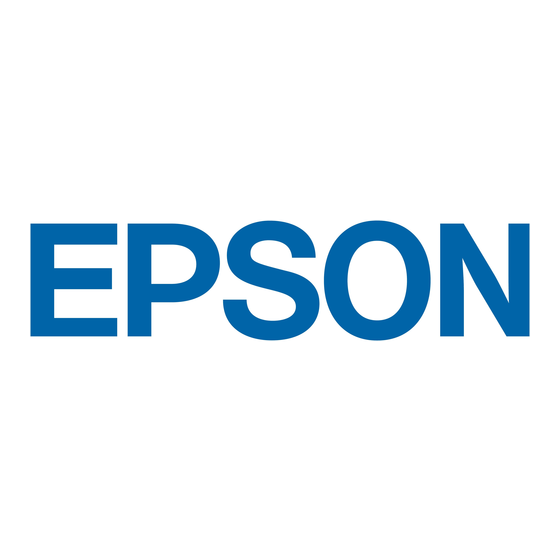Epson 1280 - Stylus Photo Color Inkjet Printer Manuel de démarrage - Page 22
Parcourez en ligne ou téléchargez le pdf Manuel de démarrage pour {nom_de_la_catégorie} Epson 1280 - Stylus Photo Color Inkjet Printer. Epson 1280 - Stylus Photo Color Inkjet Printer 32 pages. Product support bulletin(s)
Également pour Epson 1280 - Stylus Photo Color Inkjet Printer : Remplacement des cartouches (2 pages), Bulletin d'information sur les produits (6 pages), Bulletin d'information sur les produits (1 pages), Manuel complémentaire (1 pages), Manuel de l'utilisateur (27 pages), Manuel de compatibilité (1 pages), Manuel complémentaire (2 pages), Commencer ici (2 pages), Brochure & Specs (2 pages), Informations sur le produit (13 pages), Commencer ici Manuel (6 pages), Spécifications (2 pages), Manuel de l'utilisateur (12 pages), Bulletin d'information sur les produits (3 pages), Bulletin d'information sur les produits (2 pages), Bulletin d'information sur les produits (4 pages), Bulletin d'information sur les produits (7 pages), Manuel d'instructions d'installation (8 pages)

